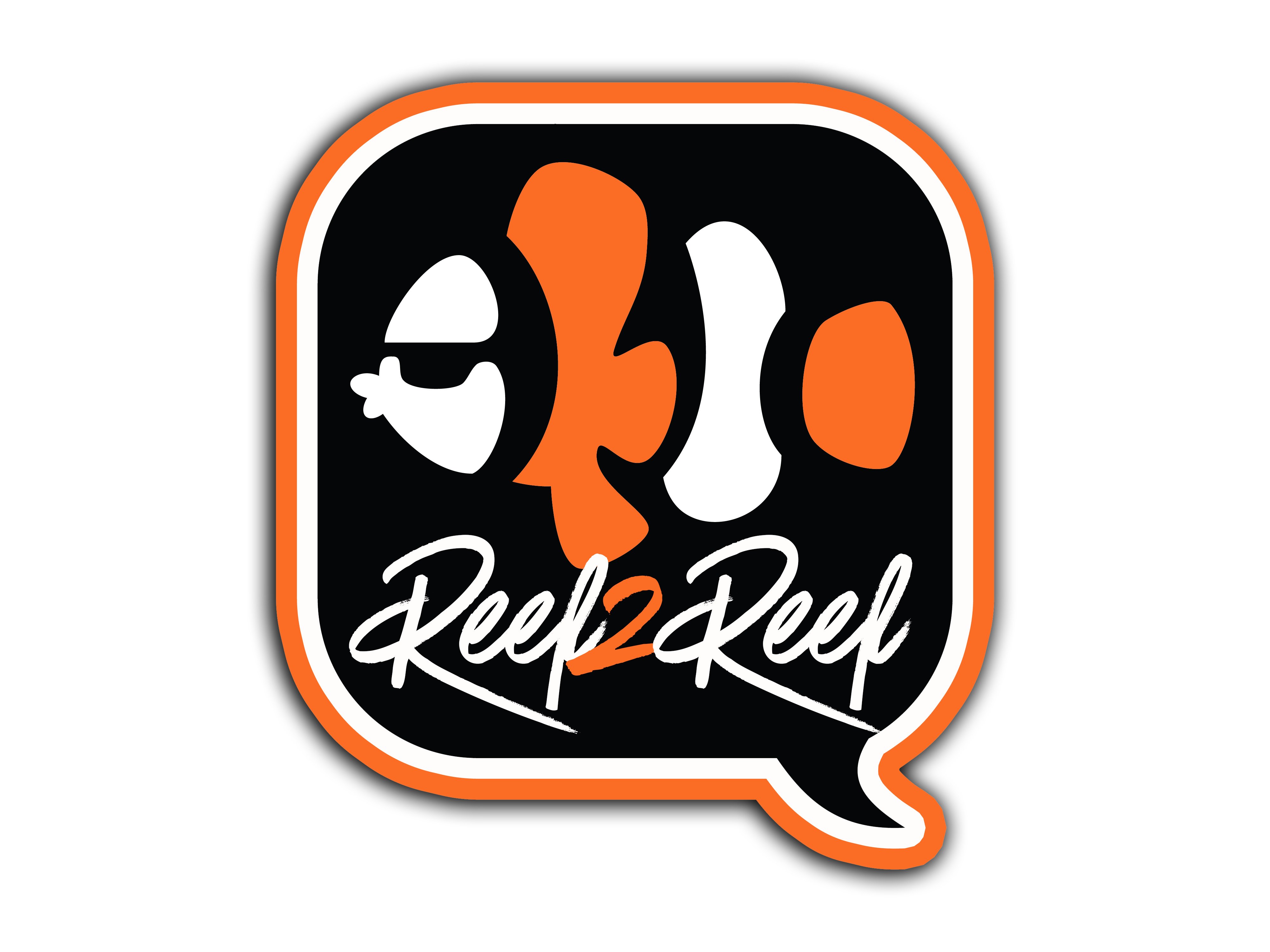Randy Holmes-Farley
Reef Chemist
View Badges

Staff member
Super Moderator
Excellence Award
Expert Contributor
Article Contributor
R2R Research
My Tank Thread
I certainly have no concerns with feeding many types of organic phosphates, either particulate or dissolved, but it can be trickier since those forms are not measurable with typical home test kits, so one has to go by tank appearance, ICP (without a real benchmark to compare to), or trusting someone else's dose. 
















